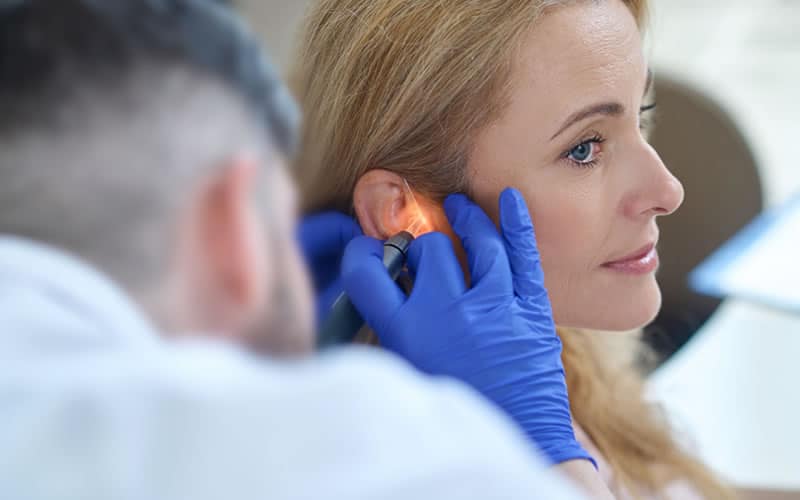- Rhinoplasty
- Sinusitis Treatment
- Revision Rhinoplasty
- Bone Curvature (Septum Deviation)
- Septum Perforation Treatment
- Nasal Flesh (Concha Hypertrophy)
- Nasal Congestion
- Hearing Loss
- Cochlear Implant
- Hearing Loss in Children
- Tympanoplasty
- Vertigo
- Tinnitus
- Middle Ear Microsurgery
- Otosclerosis
- Ear Tube
- Larynx Cancer
- Trachea Diseases, Stenosis
- Oral Cancer
- Cancer of the Pharynx
- Salivary Gland Diseases, Tumours
- Thyroid Surgery
- Neck Masses

Contents
ToggleEar Tube - Ventilation Tube: Solving Middle Ear Problems
Maintaining ear health is very important to improve the overall quality of life. In this context, ear tubes or ventilation tubes for the treatment of middle ear problems play an important role. In order for the middle ear to function in a healthy way, it must be able to balance with external air pressure. The structure that provides this balance is the eustachian canals located behind the nose and opening into the nasal passage. However, disorders in the function of the Eustachian canals can lead to negative pressure and fluid accumulation in the middle ear.
Short-term dysfunctions can cause fluid to collect in the middle ear. This is called serous otitis media. When the dysfunction lasts longer, the consistency of the accumulated fluid thickens and is called secretory otitis media. At the same time, the pulling of the eardrum towards the middle ear due to negative pressure can lead to its collapse and, in the long term, to its adhesion to the ossicles of hearing and the floor of the middle ear (adhesive otitis media).
If not recognised and treated in time, these complications can lead to permanent hearing loss or serious middle ear infections. In children in particular, conductive hearing loss from the serous otitis stage onwards can have negative effects on speech and mental development.
In cases where the negative pressure and fluid accumulation in the middle ear do not improve despite appropriate treatment, a hole may need to be made in the eardrum to prevent air pressure and provide ventilation. The holes created as a result of this surgical procedure usually heal within 7-10 days, and this period may not be sufficient for the mucosal disease to improve, so the problem may recur.
In the case of chronic fluid accumulation and a thickening of the fluid consistency, especially after more than 3 months, the insertion of a so-called ventilation tube is recommended. After such procedures, the collapse of the tympanic membrane is corrected (if no adhesion has formed), and hearing loss quickly returns to normal. Removal of adenoids and tonsils (if necessary) in the same operation can increase the success of treatment.
Ventilation tubes usually remain in the eardrum for 6-12 months and then fall out spontaneously or are removed by the doctor. The majority of patients treated with such tubes recover completely, but in rare cases repeated tube applications or permanent tube insertion may be necessary. Allergies and immune system functions should be evaluated, especially in children with recurrent serous otitis.
Children with tubes in their eardrums can swim in clean water, but it is recommended to cover the external auditory canal with a suitable plug to prevent water from travelling from the tube to the middle ear when swimming in swimming pools or showering with soapy water. Infections and discharge that may occur as a result of water leakage can be easily controlled with appropriate antibiotics given orally and through the ear canal.
